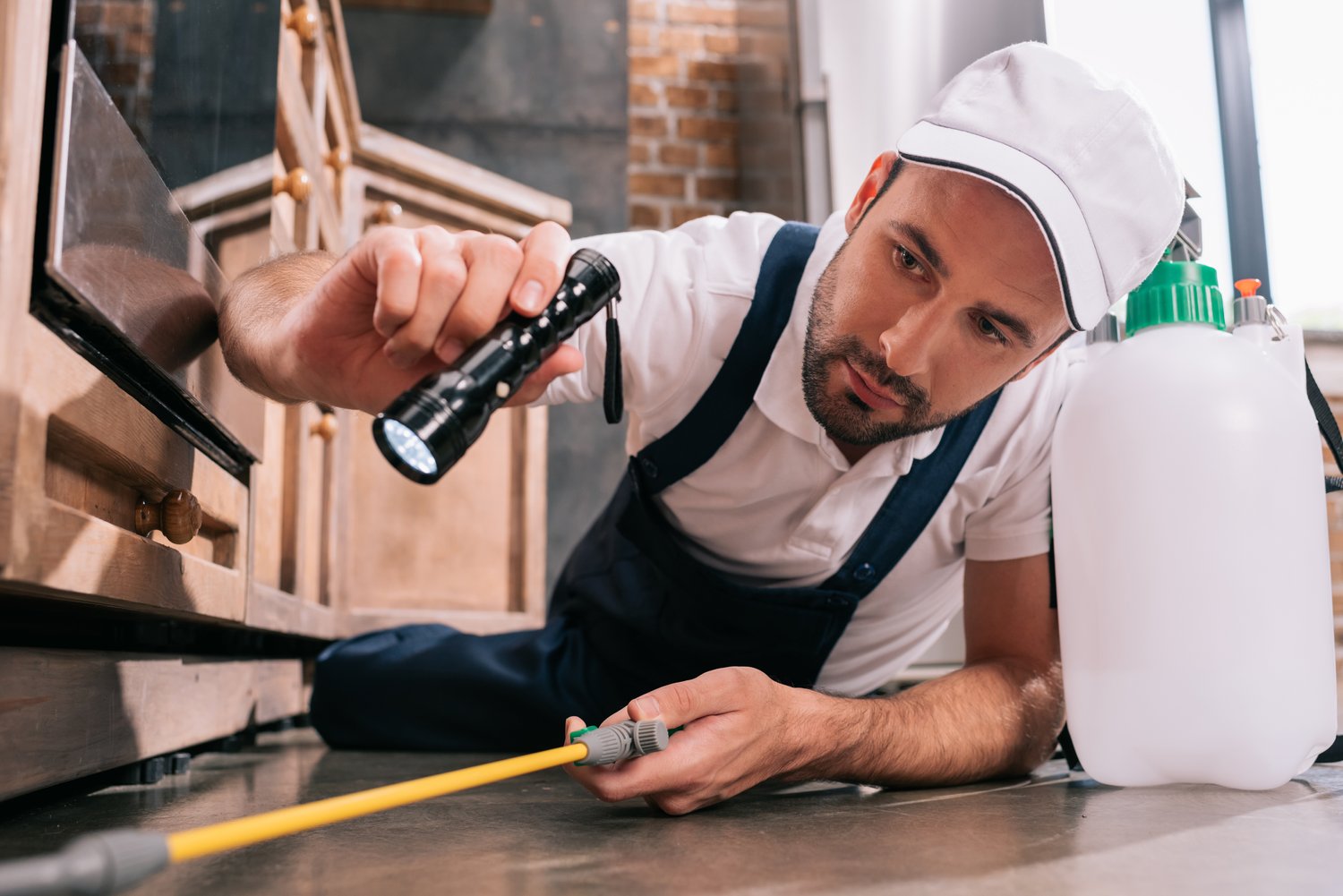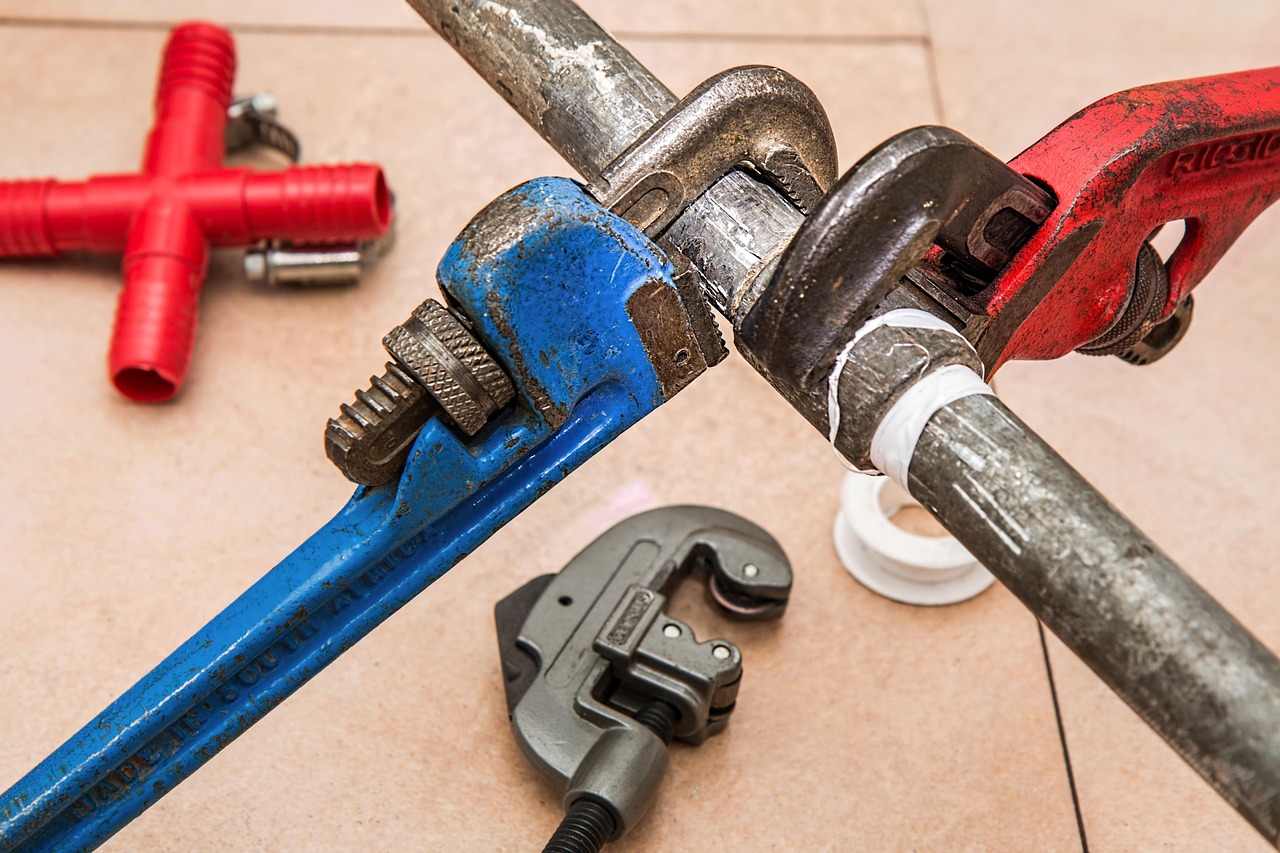Creating a thriving garden ecosystem requires more than just planting and watering; it involves establishing a balanced environment where plants can flourish while naturally managing pest problems. Integrated Pest Management (IPM) offers gardeners a comprehensive approach to pest control that minimizes environmental impact while maximizing garden health. This article explores practical IPM strategies explained through prevention techniques, monitoring methods, and an escalating scale of interventions that prioritize least toxic garden pest solutions before resorting to chemical controls. By understanding and implementing these principles, you can create a resilient garden that naturally keeps pest populations in check.
Understanding Integrated Pest Management in the Garden
Integrated pest management garden practices represent a holistic approach to dealing with unwanted insects, diseases, and weeds. Unlike traditional pest control methods that rely heavily on chemical pesticides, IPM focuses on prevention first and uses multiple complementary strategies. This ecosystem-based approach considers the entire garden as an interconnected system where balance is the ultimate goal. By implementing IPM strategies explained through careful planning and observation, gardeners can address pest problems while preserving beneficial organisms and minimizing environmental impact. The core principle of IPM is using the least harmful method necessary to achieve pest control, starting with cultural practices pest prevention before escalating to more interventionist approaches.
Prevention: The Foundation of Effective IPM
The most effective pest management starts before problems occur. Cultural practices for pest prevention form the cornerstone of any successful IPM program. Begin by selecting plants well-suited to your local climate and soil conditions, as stressed plants are more susceptible to pest infestations. Proper spacing between plants promotes good air circulation, reducing humidity and limiting the spread of fungal diseases. Regular garden sanitation, including removing fallen leaves, fruit, and plant debris, eliminates potential pest habitats and overwintering sites. Crop rotation disrupts pest life cycles by changing the location of plant families each season. Implementing proper watering techniques, such as watering at the base of plants in the morning, helps prevent conditions favorable to disease development. These preventative measures significantly reduce the likelihood of serious pest problems and create a foundation for a naturally resilient garden ecosystem.
Monitoring: The Critical Second Step
Regular monitoring forms the backbone of integrated pest management garden practices. By carefully observing your garden at least weekly, you can detect potential problems early, when they’re easier to manage. Develop the habit of inspecting both the tops and undersides of leaves, stems, soil, and developing fruit. Learn to recognize not just pests but also beneficial insects that act as natural predators. Keep a garden journal to track observations about plant health, weather conditions, and pest appearances over time. This practice helps identify patterns and anticipate potential issues before they escalate. Monitoring tools such as sticky traps, pheromone traps, and soil tests can provide additional data to inform your pest management decisions. Remember that the presence of some pests doesn’t necessarily require intervention—understanding pest thresholds helps determine when action is truly needed.
Biological Pest Control: Nature’s Defense System
When prevention isn’t enough, biological pest control offers environmentally friendly intervention options that work with nature rather than against it. This approach leverages naturally occurring predator-prey relationships by encouraging beneficial insects and organisms that control pest populations. Ladybugs, lacewings, predatory mites, and parasitic wasps are valuable allies in controlling aphids, caterpillars, and many other common garden pests. Creating habitat for these beneficial insects through diverse plantings, especially those with small flowers like dill, fennel, and alyssum, supports their populations. Microbial controls like Bacillus thuringiensis (Bt) target specific pest larvae while sparing beneficial insects. Introducing beneficial nematodes to your soil can control soil-dwelling pests without harming earthworms or soil structure. These biological controls work gradually but sustainably, helping to establish long-term balance in your garden ecosystem rather than providing the quick but temporary fix often seen with chemical interventions.
Physical and Mechanical Controls
When biological pest control needs supplementation, physical and mechanical methods offer the next level of intervention in the IPM hierarchy. Barriers such as row covers, netting, and copper tape physically prevent pests from reaching plants. Hand-picking larger pests like caterpillars and beetles can be surprisingly effective for smaller gardens. Setting up traps such as yellow sticky cards for whiteflies or beer traps for slugs provides targeted control without chemicals. Water sprays can dislodge aphids and spider mites from plant surfaces, disrupting their feeding and reproduction. For more stubborn issues, you might consider tools like handheld vacuums to remove larger infestations or pruning affected plant parts to prevent disease spread. These physical interventions embody the least toxic garden pest solutions principle of IPM by directly targeting problems without introducing chemicals into the environment.
Chemical Controls: The Last Resort
When all other methods prove insufficient, IPM doesn’t exclude chemical controls but approaches them strategically. Start with the least toxic options like insecticidal soaps, horticultural oils, and botanical insecticides derived from plants. These products break down quickly in the environment and have minimal impact on non-target organisms. Apply any product selectively to affected plants rather than broadcasting throughout the garden. Always follow label instructions precisely regarding timing, concentration, and safety precautions. For advice on which products might be appropriate for your specific situation and how to use them safely, AskHomey can connect you with gardening professionals who understand integrated pest management principles and can provide personalized recommendations for your unique garden challenges.
Creating a Sustainable IPM Plan
Developing a comprehensive IPM strategy requires combining all these approaches into a cohesive plan tailored to your specific garden conditions. Begin by mapping your garden and identifying potential problem areas. Research common pests in your region and learn their life cycles, as timing interventions to disrupt these cycles increases effectiveness. Commit to regular monitoring and record-keeping to track what works in your particular ecosystem. Remember that IPM is not about eliminating all pests but rather maintaining them below harmful levels while preserving beneficial organisms. As your garden matures under IPM practices, you’ll likely find that nature increasingly handles pest control for you as the ecosystem becomes more balanced and resilient.
For more tips and to connect with reliable home service professionals, follow AskHomey on Facebook and Instagram.



